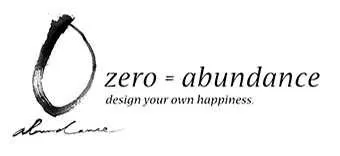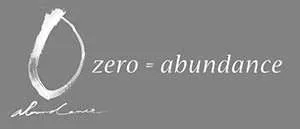MUJI solar cooking scale
We subconsciously categorize products we purchase into two groups: cool or nice-looking products we want to display and show off, and boring but functional products that we use only when we need them. The first group could include furniture, electric gadgets, clothes or shoes. The latter would include cleaning products, medical supplies or DIY tools…all the things we throw in cabinets, drawers, or under the sink after we are done using them. Those products are considered “low-interest,” meaning that users don’t care how they look or feel, as long as they function as expected. Design is a low priority, hence cost efficiency is everything.
But according to Eric Ryan and Adam Lowry, co-founders of the home cleaning product company, Method, “there is no such thing as low-interest product categories, just low-interest brands.”

Method, founded in San Francisco in 2000, disrupted the “low-interest market” model of house cleaning products by introducing aesthetically and environmentally conscious laundry detergents and dish soaps. The same story applies to Plum Organics, founded in 2007, also in Bay Area, which disrupted the stable but stale baby food market with their revolutionary baby food pouch, which combined culinary quality and design aesthetics with something a six month-old baby would eat. (The founder of Plum Organics, Neil Grimmer, is from renowned design studio IDEO.) Both start-ups were welcomed enthusiastically by consumers, and have quickly become a new, higher industry standard in various aspects.
By the same token, MUJI designs everyday products by applying high standards philosophically and aesthetically. The reason why it’s so exciting and ecstatic to spot Method or Plum Organics products on a store shelf, or to explore the MUJI store, is because it’s a refreshing A-HA! moment for us. We suddenly realize, or remember, that any everyday product, such as a dish soap, baby food, toothbrush stand or kitchen container CAN be, and SHOULD be cute, sexy or beautiful and INSPIRING.
Take a look at MUJI’s kitchen scale.
I never imagined that I’d be buying a kitchen scale because I loved its design. It’s true that it is a bit pricey for a kitchen gadget – 3,900 JPY (about $40) – but it was irresistible.
Co-developed with Tanita, the Japanese major scale manufacturer, it’s also highly functional. You can measure weight from 1 gram to 2000 grams (about 4 lbs.) with great accuracy. Also, it alternates its power source. When there’s enough light, it runs on solar power.
After I bought this, I made some sweets just because I wanted to use it. This one new exciting product refreshed my interest in cooking! And now that I could measure ingredients in small portions accurately, I was able to become more creative and reduce the amount of sugar and butter without compromising the taste.
For long time, we’ve forgotten that the products we use on a daily basis could be, and should be, inspiring. Why? Because industrial products were introduced in massive quantities to relieve the tedium and pain of various everyday duties – cooking, cleaning or home improvement– and make them fast and easy. So we’d do the tasks as fast as possible using these products, and then forget about them. When we forgot about the tasks, we also forgot about the products.
But actually, we feel a tremendous sense of accomplishment when we achieve something using our own hands, overcoming tedious processes. And our daily life is full of such tasks that require us to roll up our sleeves and get to work. But while many products define their mission as freeing us from tediousness works, not many of them think about how they could make the experience more rewarding so that the users could feel accomplished.
From the get-go, Method made it its mission to “make cleaning fun” as a house cleaning product company. Yes, even cleaning can be fun, if we can get some help from inspiring products that can turn “tedious processes” into something more engaging, creative or uplifting. MUJI is committed to design products that will inspire users to design their own life style. Profound happiness can come from a small product that makes us remember that WE – not the handy appliance we use – CAN accomplish something pretty cool.










